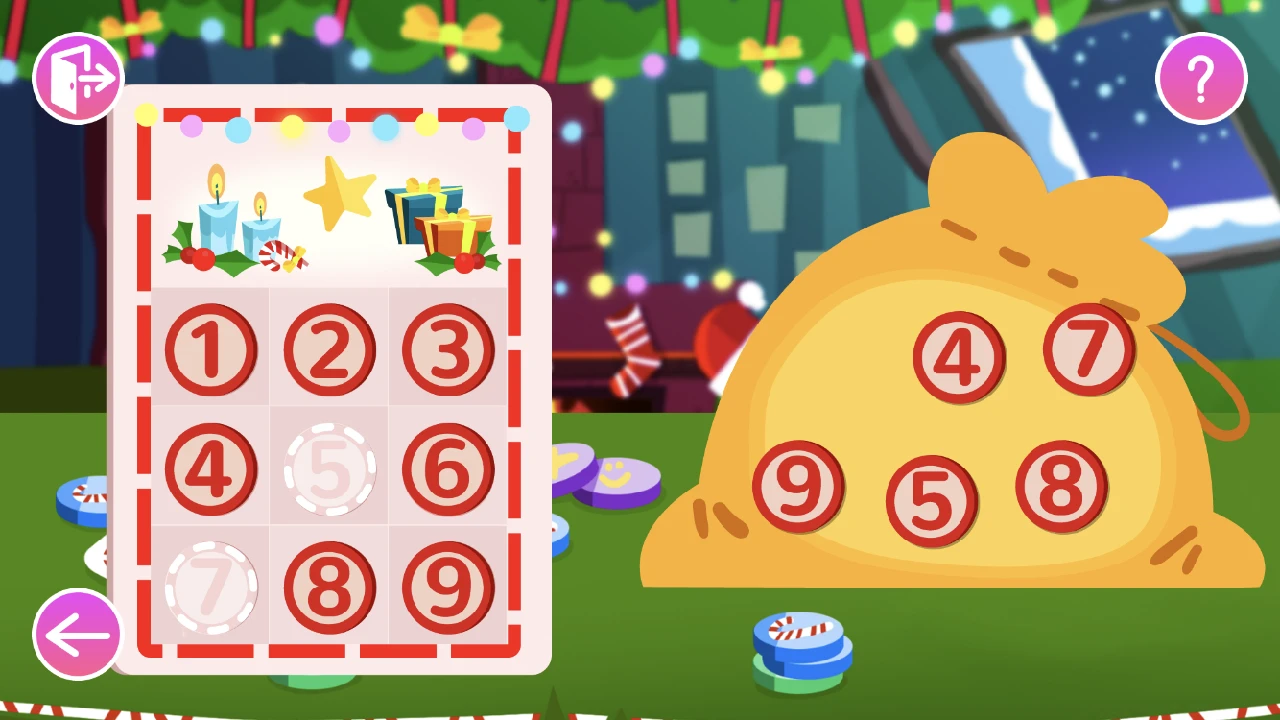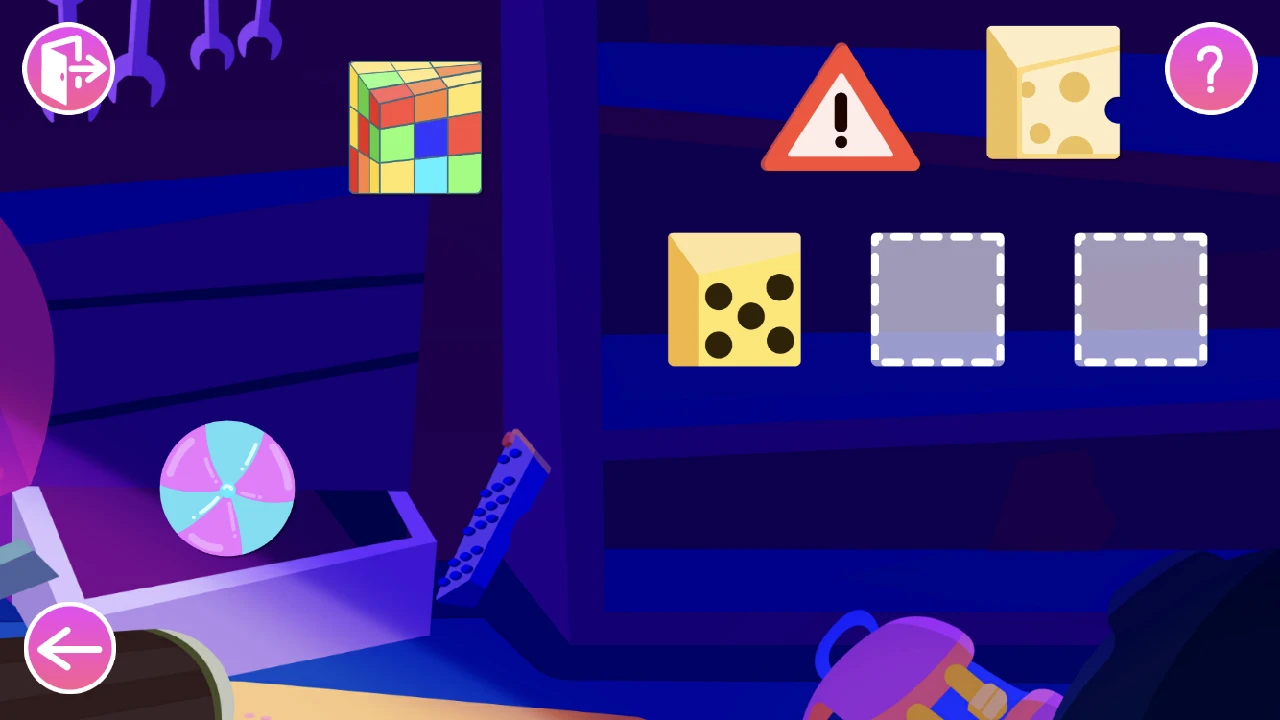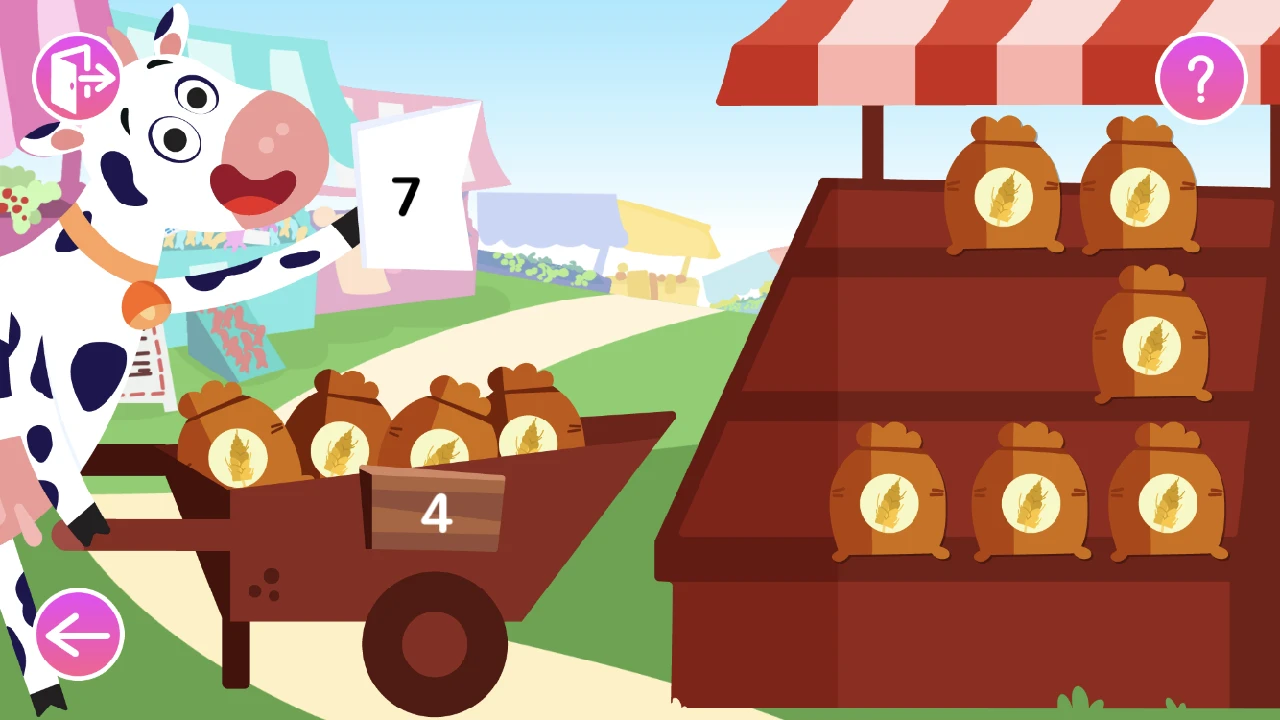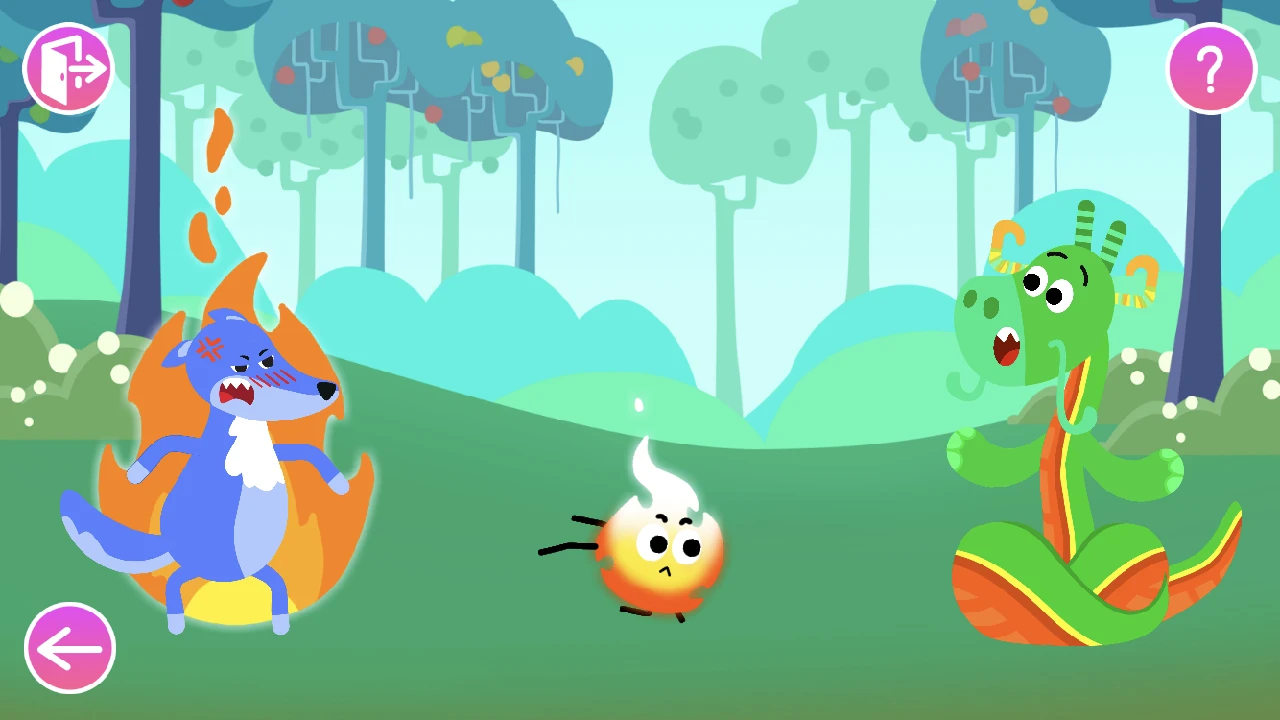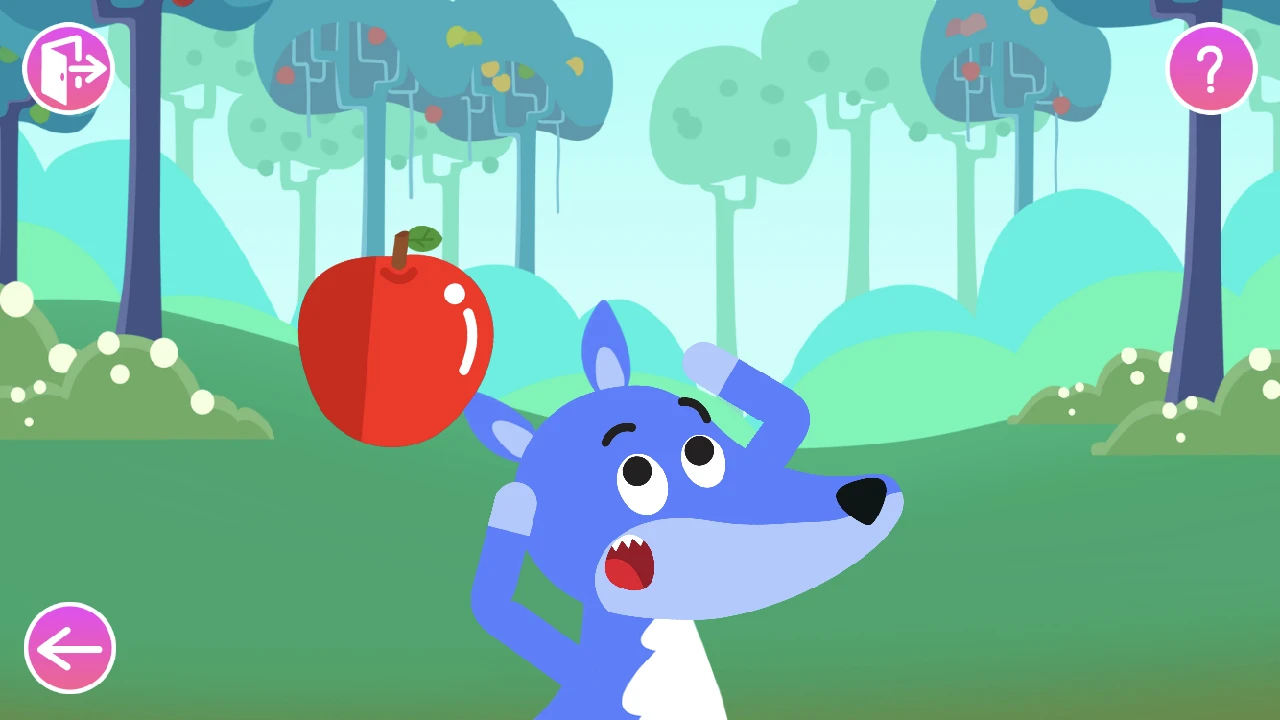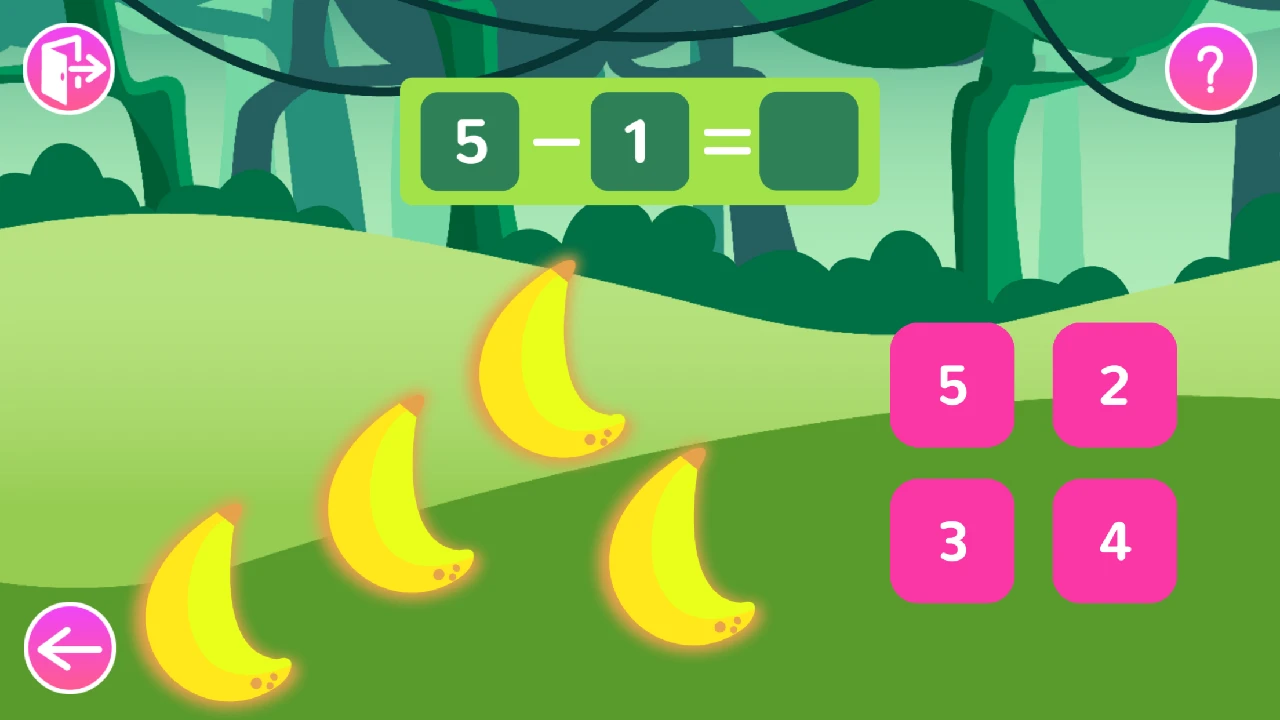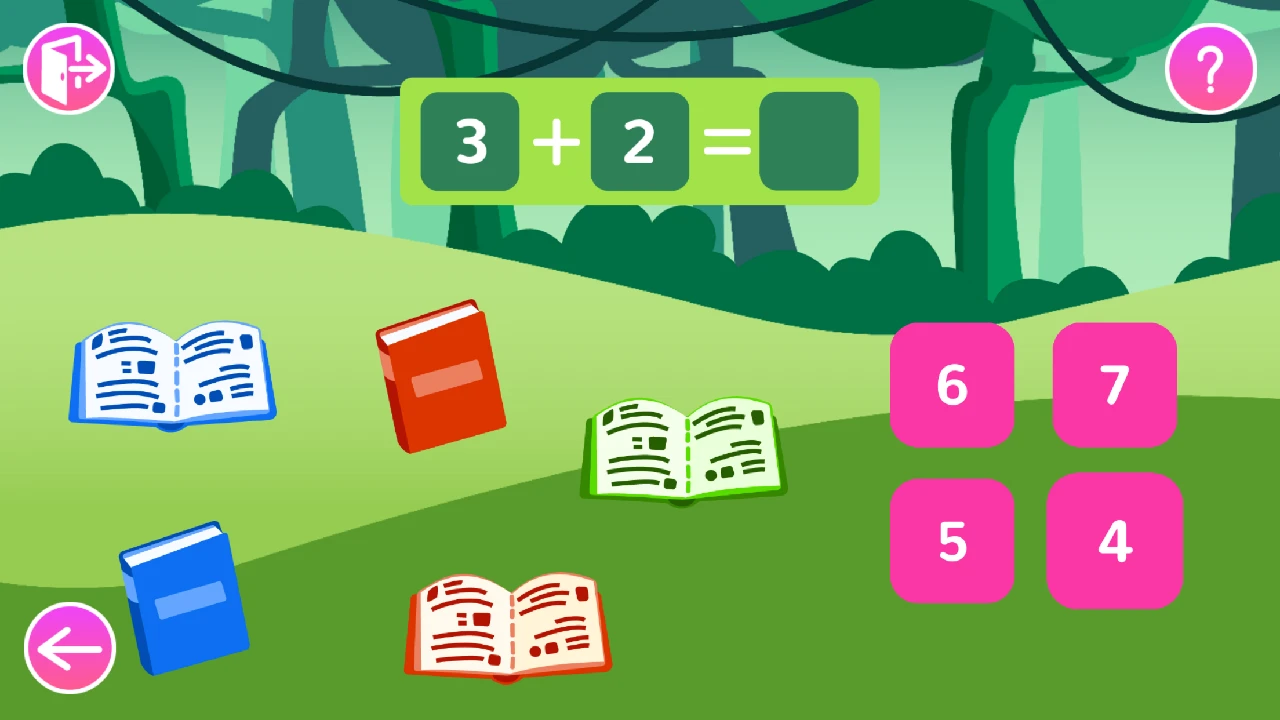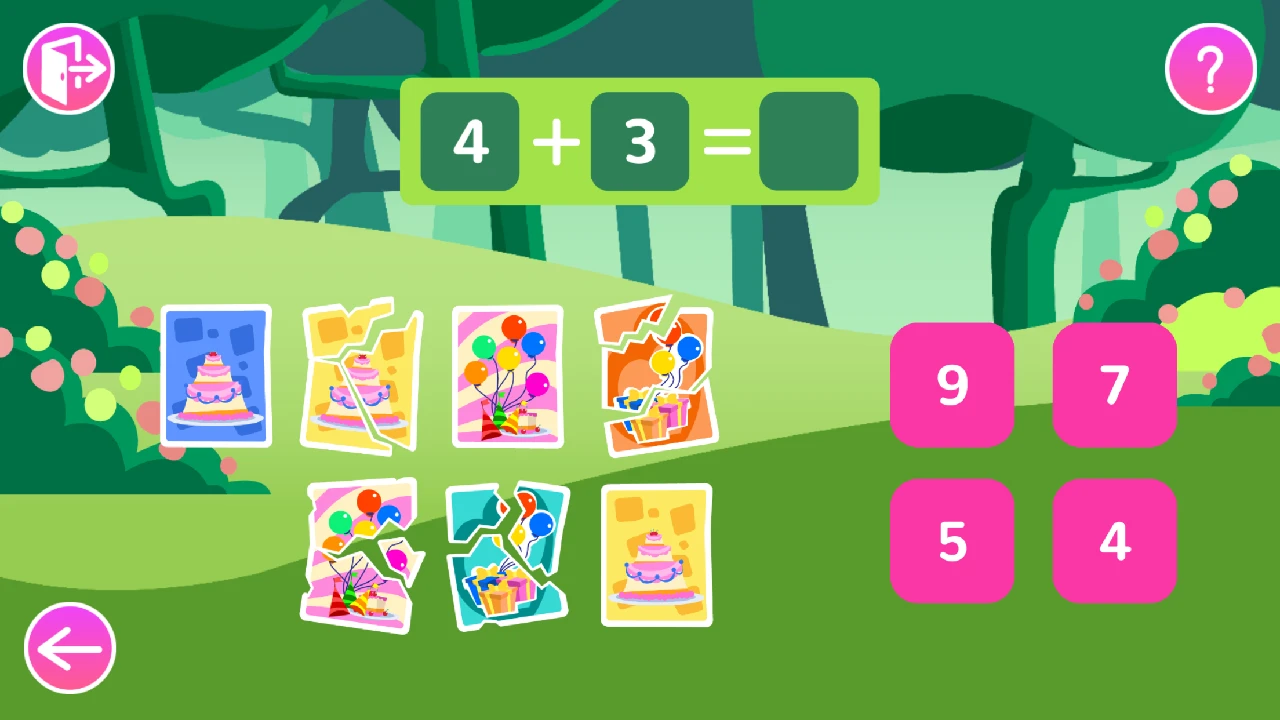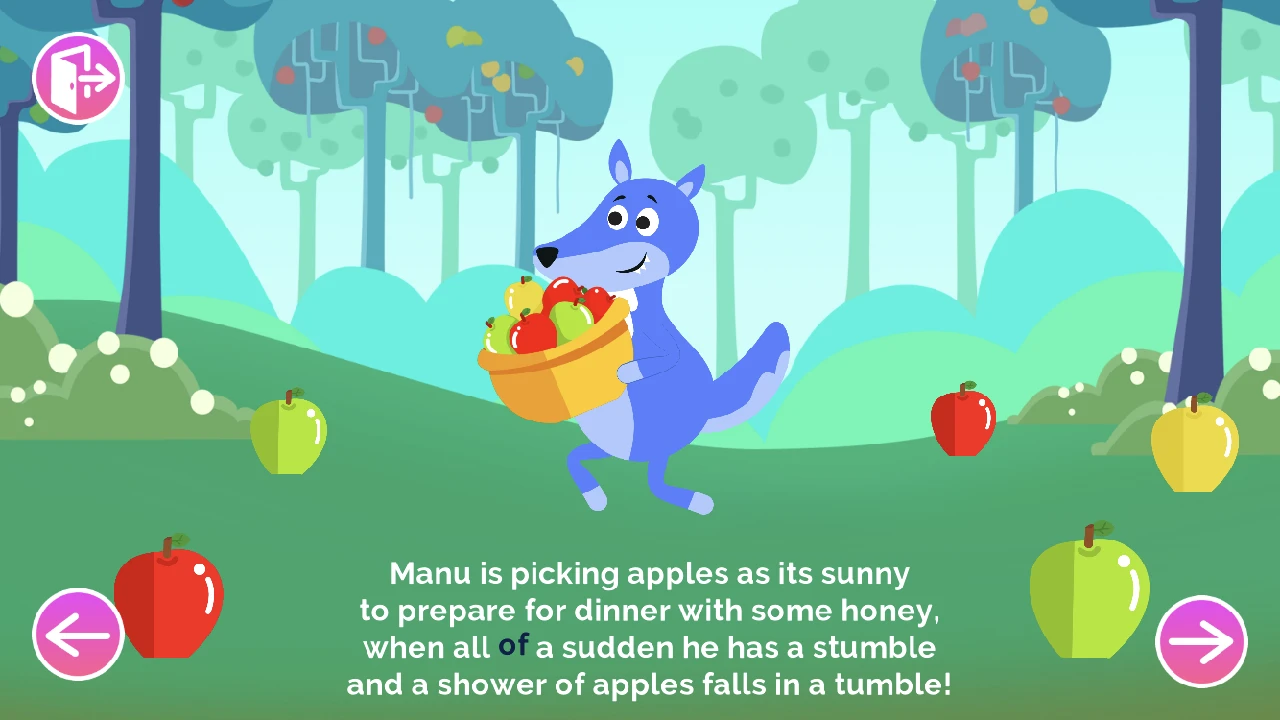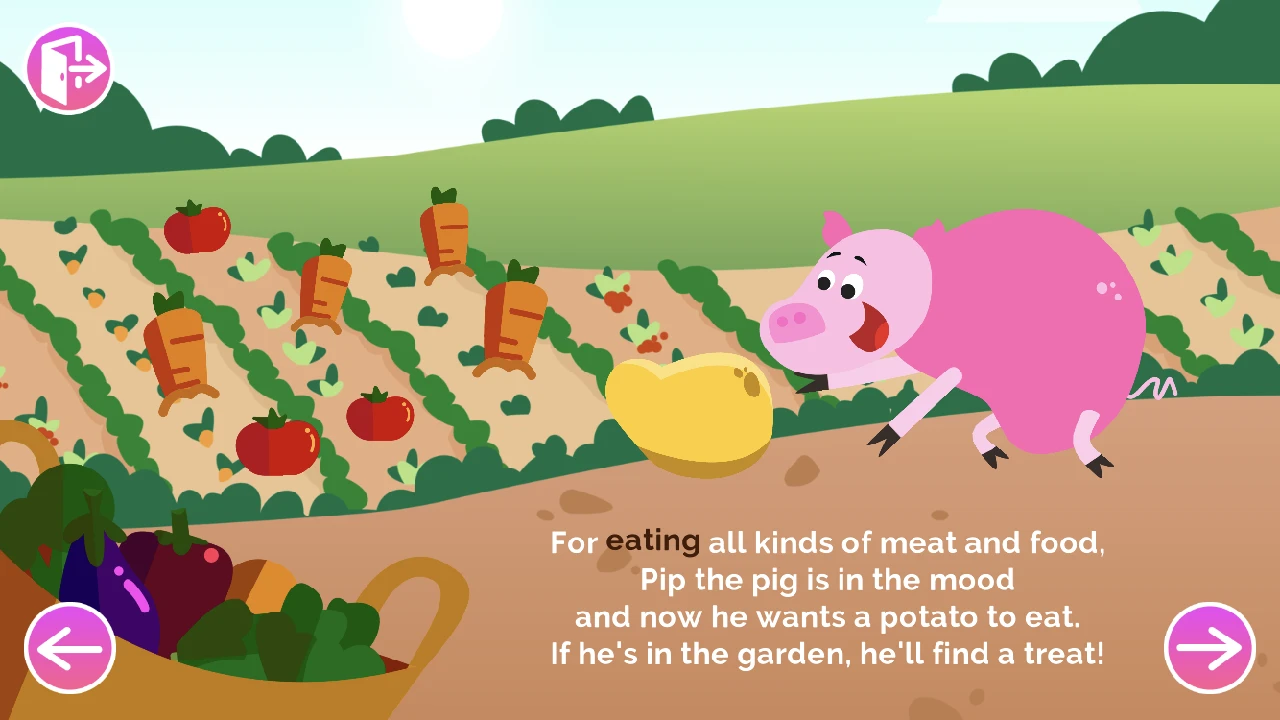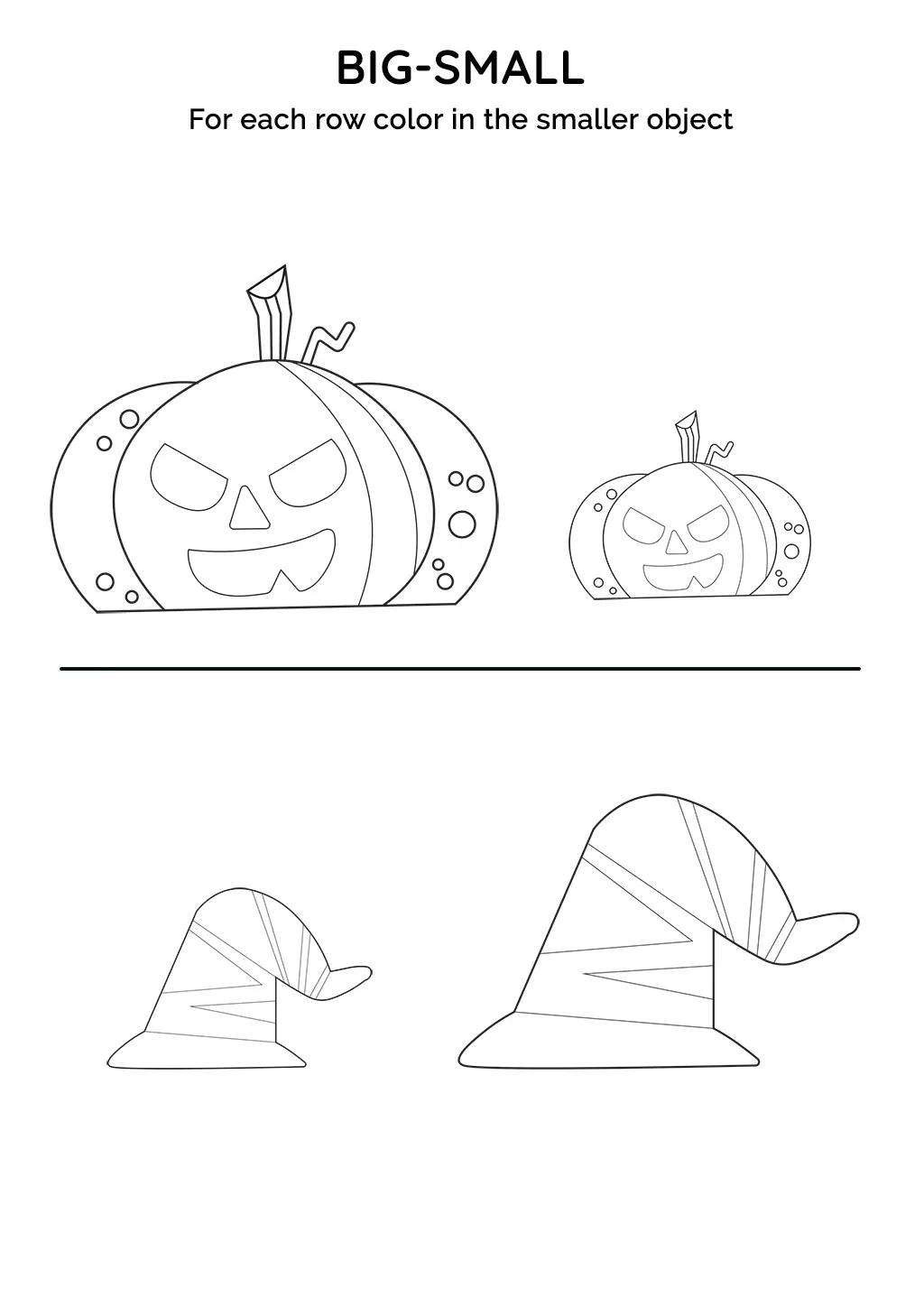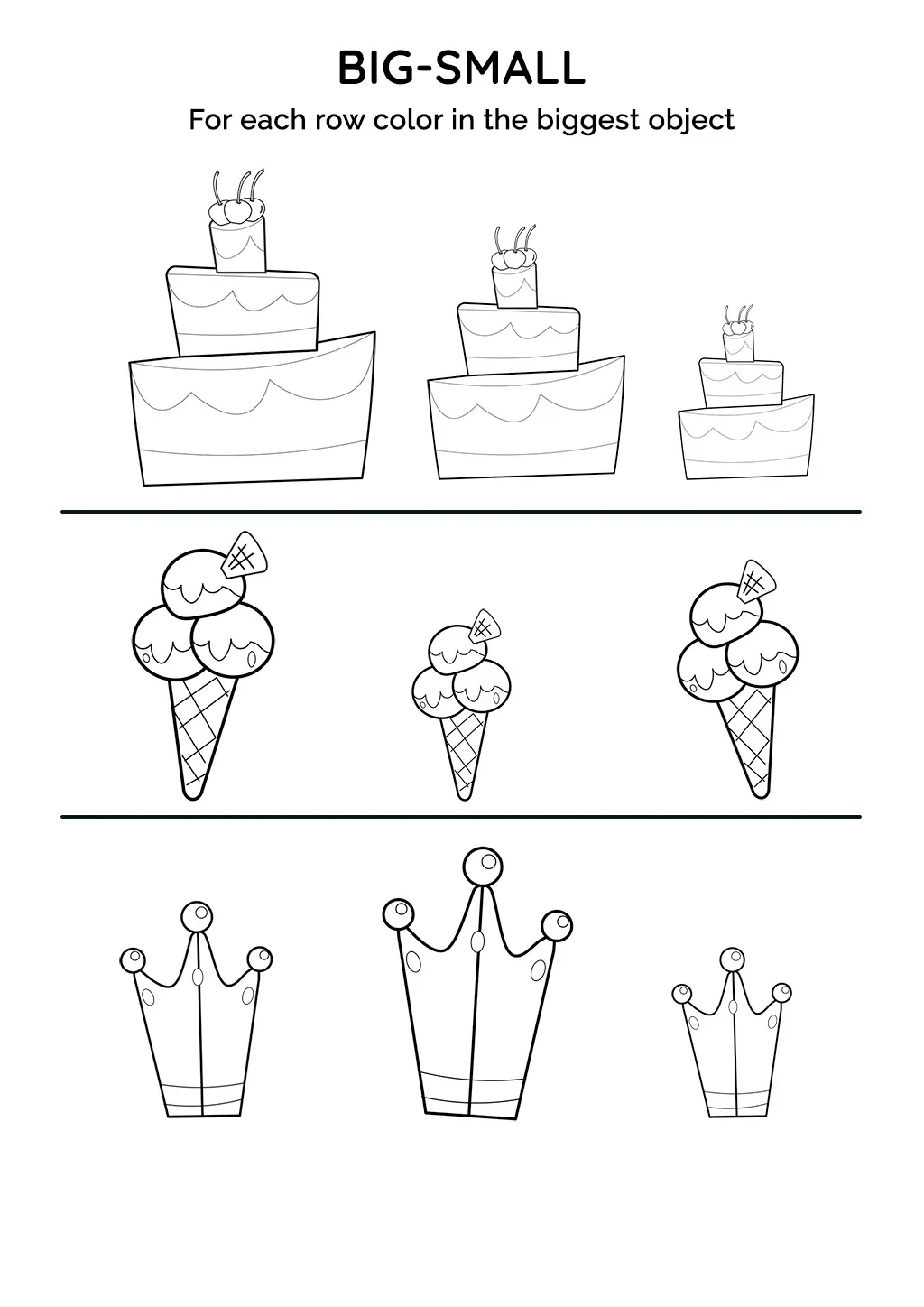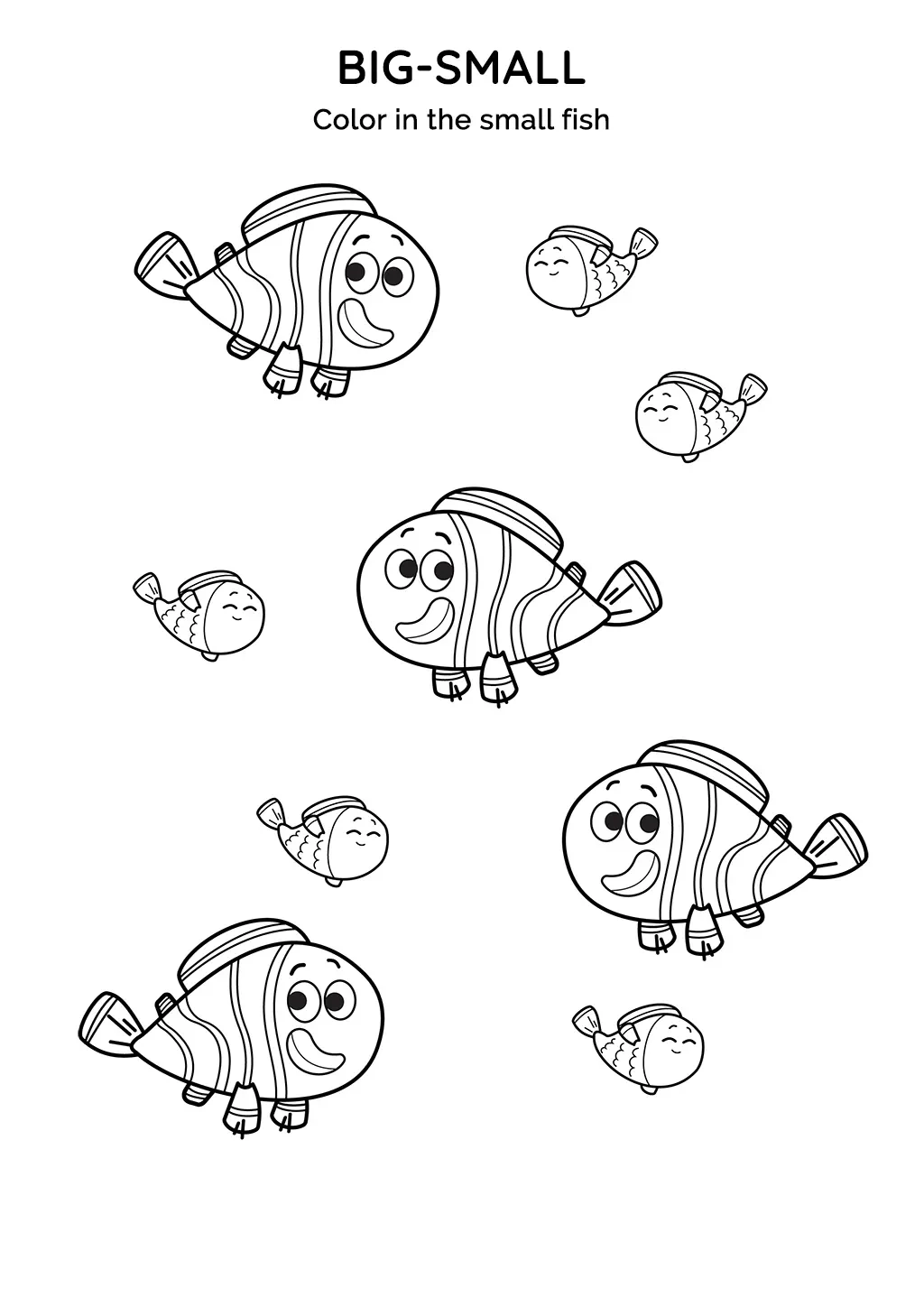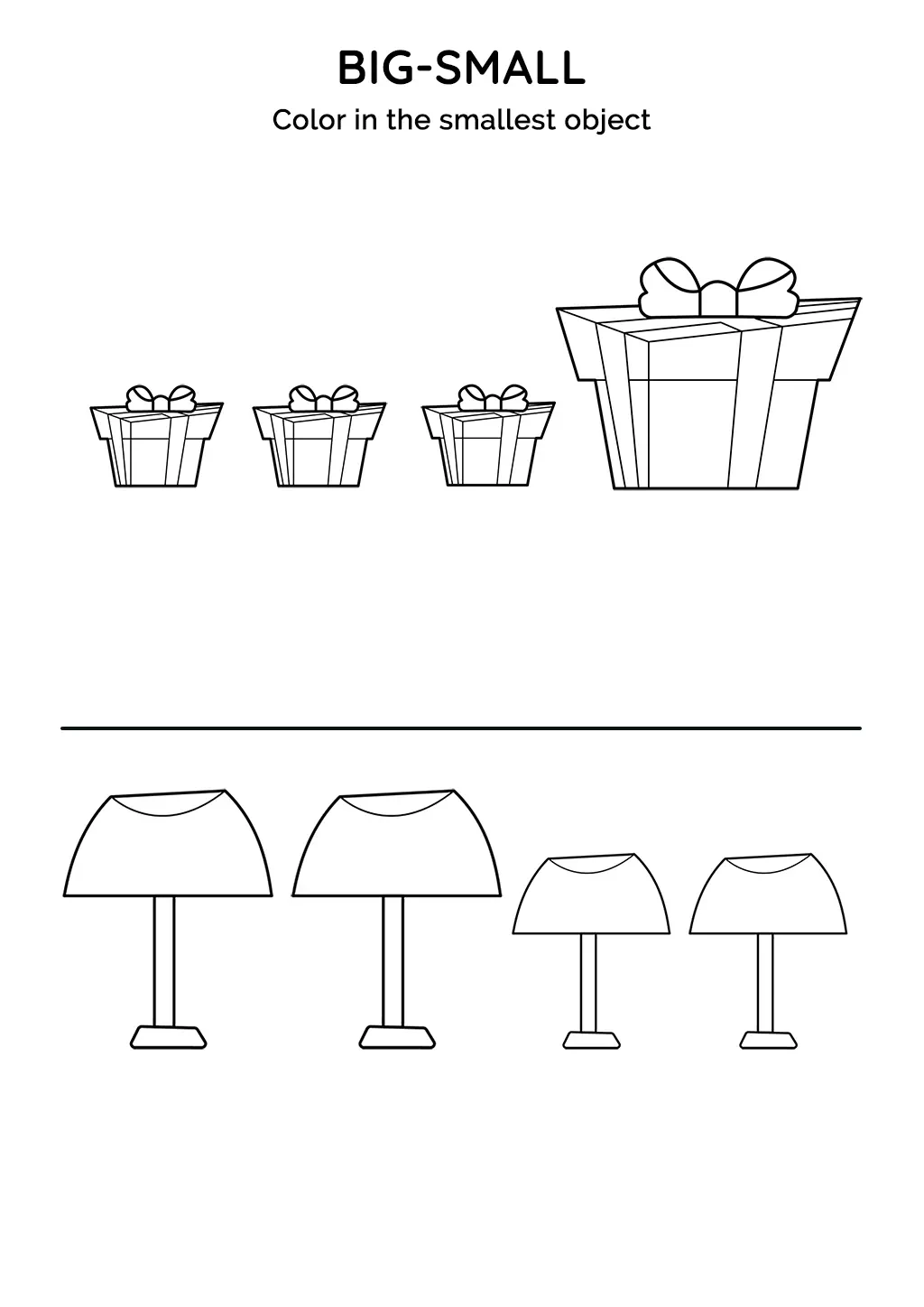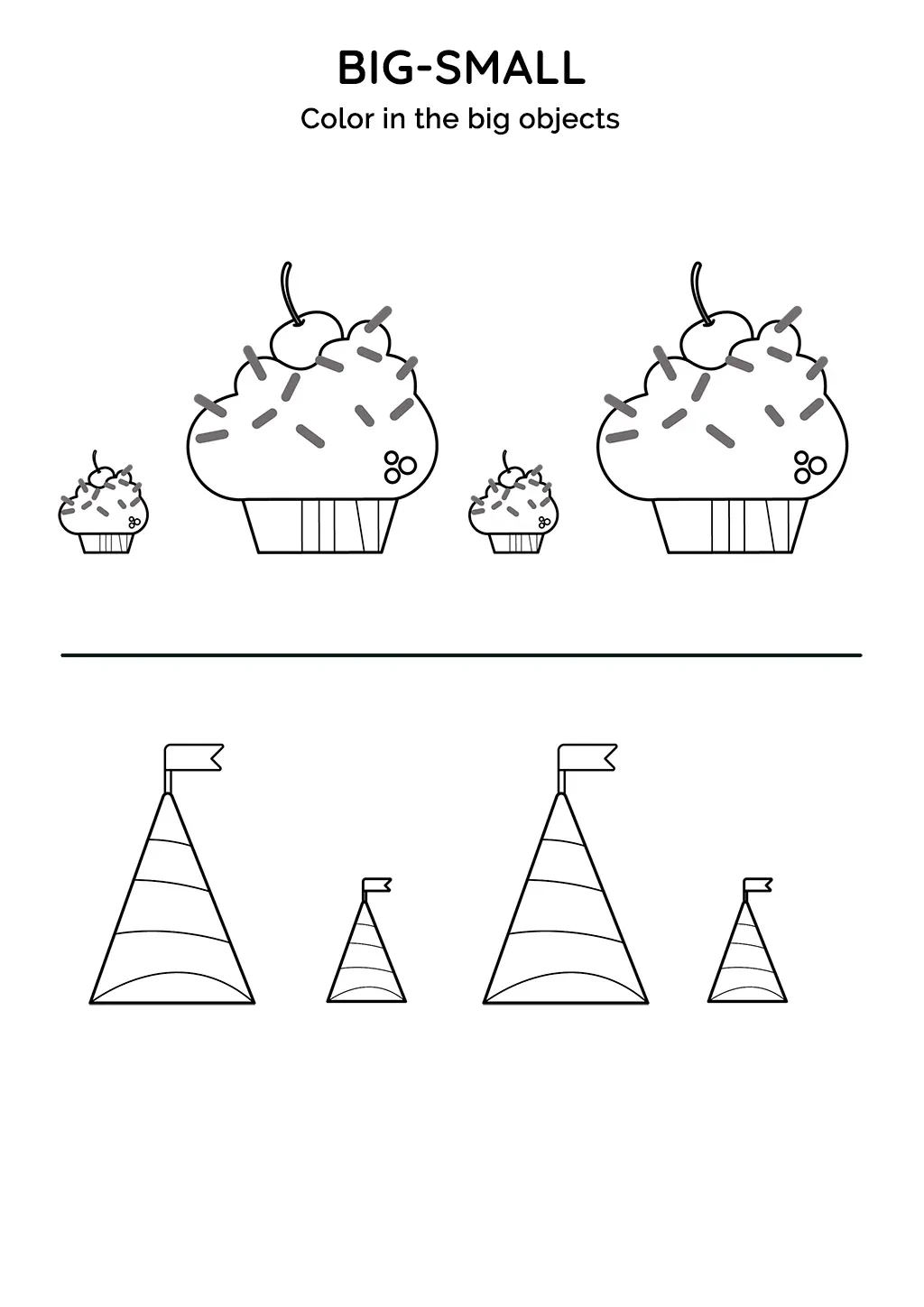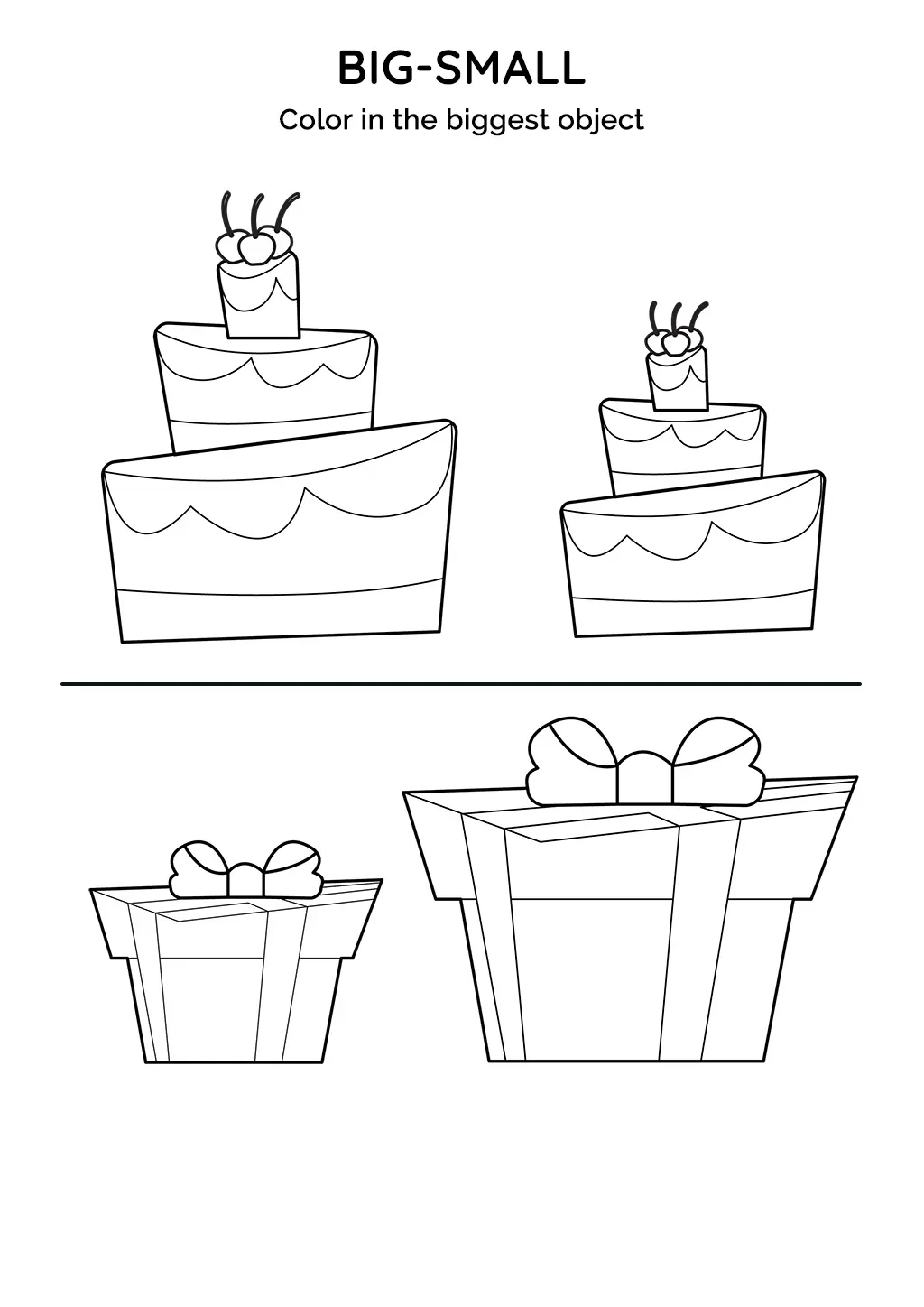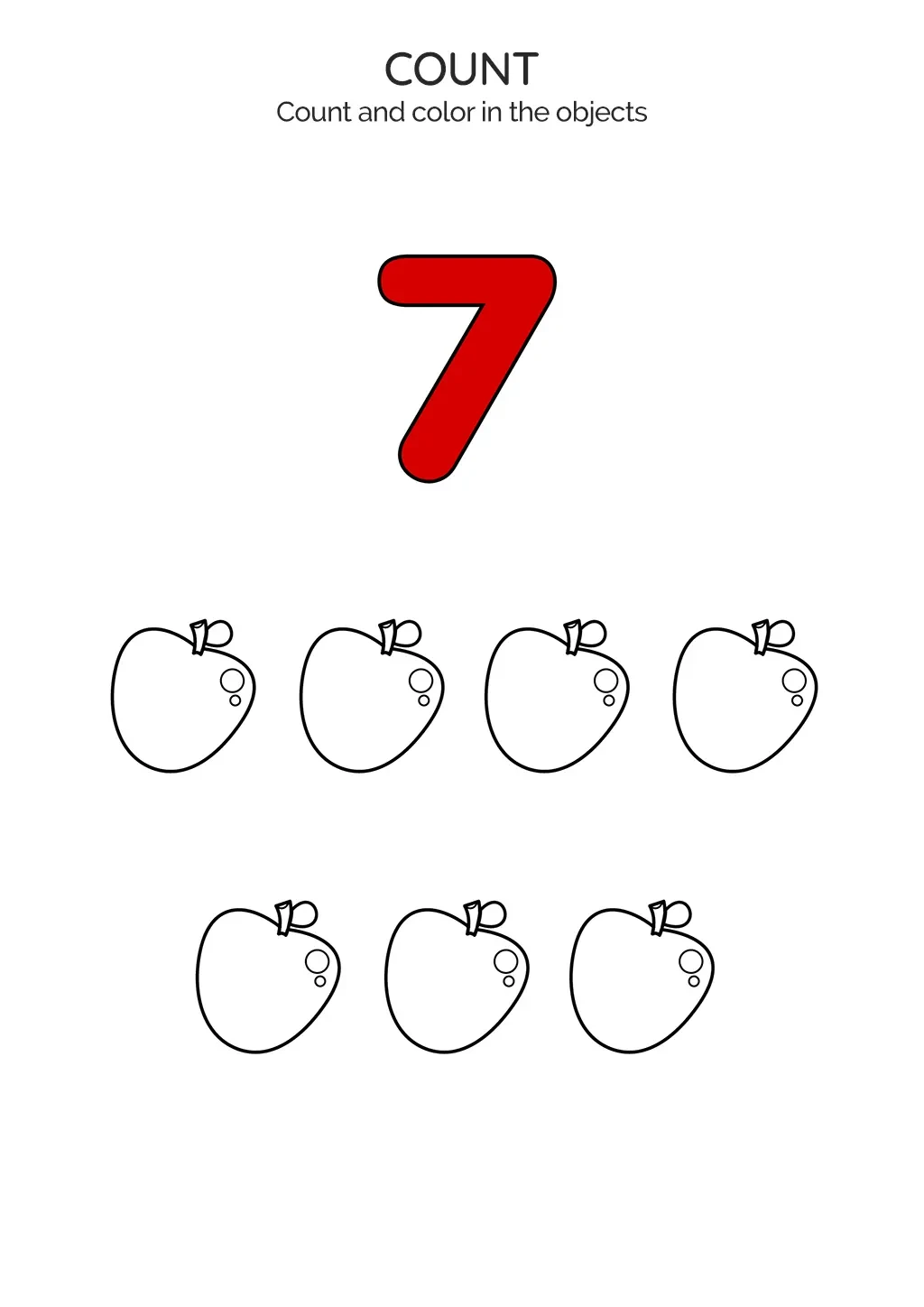For young learners, numbers are more than mere symbols; they are keys that unlock the secrets of our universe. Children initially learn cardinal numbers to count objects, such as the number of toys they have or candies they ate. As they grow, they begin to understand the concept of ordinal numbers, essential to depict positions or orders. Ordinal numbers like “first”, “second”, “third”, help children identify their rank in a queue or their turn during a game. A strong grasp of ordinal numbers is a fundamental pillar of mathematics education, enabling children to structure their thoughts logically and solve complex problems as they advance. Dive into the world of ordinal numbers with us and find out how to make learning an adventure for your little ones.
Before children can grasp more complex mathematical concepts, they first need to understand ordinal and cardinal numbers. Cardinal numbers are the numbers we use for counting. They are the “how many” numbers. For example, if a child has five apples, the number five is a cardinal number. Ordinal numbers, on the other hand, are about position or order. They answer the question “in what order?” For example, if a child is third in a queue, the number three here is an ordinal number, indicating the child’s position in line. Teaching children the difference between cardinal and ordinal numbers helps build a solid foundation for mathematical understanding, enhancing their ability to grasp complex mathematical concepts in the future. It may seem like a challenging task, but with the right approach, children can enjoy the process of learning.
Teaching ordinal numbers to young learners does not need to be a daunting task. The key to effective learning lies in making the process fun, interactive, and engaging. Here are five activities that can make learning ordinal numbers a thrilling experience for children aged 3 to 6.
Remember, the goal is to make learning enjoyable. So, adapt these activities to your child’s interests and watch their understanding of ordinal numbers grow!
Parents and teachers can play a significant role in unlocking the world of ordinal numbers for children. By leveraging stories, games, and educational worksheets available on the Smart Tales platform, teaching ordinal numbers can become a fun-filled learning journey. It’s all about turning learning into an adventure, and Smart Tales provides just the right tools for it.
Smart Tales offers a wealth of stories that cleverly integrate ordinal numbers. Through engaging narratives, children will meet vibrant characters that guide them on an adventure, unraveling the secrets of ordinal numbers. Learning through stories stimulates curiosity, making this an ideal method for children to grasp this fundamental math concept.
The games on Smart Tales provide an interactive way for children to understand and apply the concept of ordinal numbers. With a variety of games that gradually increase in complexity, children are encouraged to use ordinal numbers in a fun and exciting environment, strengthening their mathematical foundation.
Complementing the stories and games, Smart Tales offers educational worksheets that allow children to practice ordinal numbers. These printable worksheets, designed by education experts, offer a variety of exercises that reinforce understanding and encourage active learning, thus solidifying the concept of ordinal numbers.
The journey into the realm of ordinal numbers need not be daunting for children. With the right approach, parents and teachers can foster a deep understanding and appreciation for this fundamental mathematical concept. Through stories, games, and educational worksheets offered by Smart Tales, learning ordinal numbers becomes an engaging and enjoyable journey, setting the stage for more complex mathematical discoveries.
